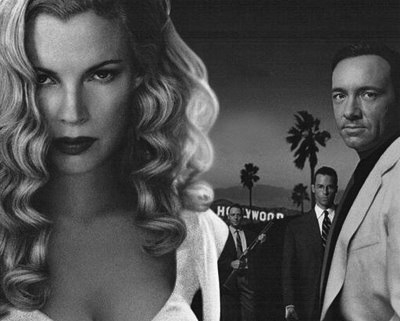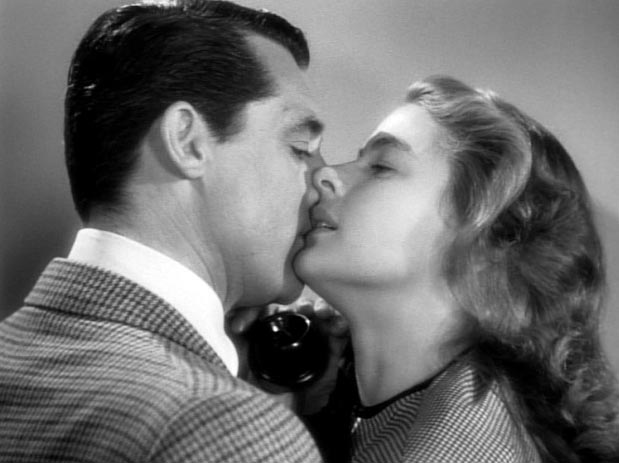Q. I just saw “Higher Learning” and read your review. Overall, I enjoyed the movie. The one problem I had was the skinhead sniper attack, I thought it was unrealistic. I think in most cases skinheads would not be organized or motivated enough to see such a plan to frution. It distracted from the movie because until then it was based on lifelike interactions. The final result was that the sniper scene has stayed with me, negating the rest of the movie. Obviously, you feel different. Would you please explain why? (Kent Westmoreland, New Orleans)
A. I thought of several other cases of gunmen running wild on campuses. You are right that those skinheads themselves would not have been capable of mounting such an attack, but their leader was able to spot someone who could do such a thing, and then, out of a cold amoral curiosity or hate, pushed him into doing it. The kid he pushed over the edge was a clone of all those sad souls with guns who walk into post offices, fast food outlets, campus buildings, etc., and start firing.
Q. I watched the colorized version of “Miracle on 34th Street” (1947). What bothered me the most were the color combinations that were used. The owner of the tape replied to my inquiries by stating that the colors were the exact colors used on the sets. The colors were written down and the “colorizers” just followed the script. My problem is with some of the color combinations. The kid in the court room wore green pants and blue socks. In one of the last scenes, where the X-ray machine was presented, there was a green couch on a blue rug. My question is, were blue and green popular color combinations when this film was made? (Eugene Kellick, Morton Grove, Ill.)
A. Colorization is always a mistake, because the colors must be laid on top of the original black and white. Therefore, brighter colors are necessary, leading to all those men in 1930s and 1940s movies who seem to be dressed for golf. Don’t believe them when they say the “original colors” were used, since the colors used for a black and white movie were not selected for how they looked on the set–but for how they photographed in black and white!











